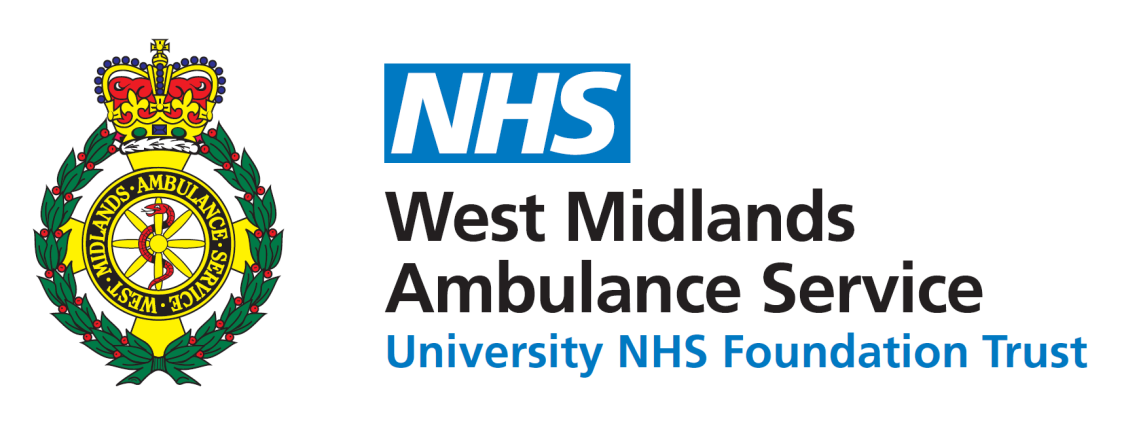By Dr Frances Grudzinska, Specialist Registrar in Respiratory Medicine and Chair of the Respiratory Trainee Research Collaborative in the West Midlands
During the first wave of the COVID-19 pandemic in the Spring I put my PhD on hold and returned to a fulltime clinical role to support the NHS. During those first months we had very limited knowledge about COVID-19, and particularly about longer-term outcomes and complications. We were seeing a high number of patients, but had little to guide us in making decisions about who to discharge home and who should stay in hospital. In short, we had no COVID-specific risk prediction tools.
A risk prediction tool combines a number of different pieces of health information, including patient details (such as age or sex), clinical measurements (such as blood pressure readings) and laboratory measurements (such as blood tests) and provides a prediction of how likely that person is to have a poor outcome from that illness. There are a number of tools out there, some for very specific medical conditions and some which are used in a number of different settings.
Doctors often use risk prediction tools in their daily medical practice. These tools help inform our decision making and supplement our clinical assessments. For example, in non-COVID-19 pneumonia we frequently use a score called “CURB-65” which translates our clinical assessments into a predicted risk of death. If a patient has a low score, we can be reassured that they have a very low chance of a negative outcome, and they can be safely discharged home to recuperate with close monitoring. If a patient has a high score, they will be admitted to hospital, so we can monitor them and provide the hospital treatments needed (drip fluids, antibiotics and sometimes breathing support). This is good for patients: most people prefer not to stay in hospital unless they need to. This is also crucial to the smooth running of hospitals, saving precious hospital beds for those that need them most.
Severe COVID-19 is associated with lung symptoms, low oxygen levels and pneumonia-like changes on a chest x-ray. Because of this, many clinicians were using the CURB-65 tool to predict outcomes from COVID-19.
We began to suspect that CURB-65 was not working as well as expected for patients with COVID-19. This was a problem. We know from our experience with other diseases that being able to accurately predict who will get better and who is likely to need intensive monitoring means better outcomes for patients. As a medical community, we needed to prove if our current risk prediction tools worked in COVID, and quickly.
The West Midlands had a high number of patients admitted with COVID, but no single hospital had enough patients during the initial part of the first wave to answer this question alone.
As a group of respiratory trainees, and in discussion with our patients, we decided to harness the power of routinely collected health care data, and collaborate together to assess whether we could still rely on scoring systems such as CURB-65. We already had a network of Respiratory Trainee Doctors (RespTRACT) across the West Midlands who were perfectly placed, seeing patients admitted with COVID-19 daily, to answer this important question.
We used healthcare information that is collected on every person admitted to hospital, ranging from their clinical observations like oxygen saturations and temperature through to blood results. This data was then combined across the West Midlands with the help of PIONEER, the HDR-UK Hub in Acute Care.
We were then supported in analysing the data from the HDR-UK Midlands site team based at University Hospitals Birmingham NHS Foundation Trust, and able to show that scores usually used in non-COVID pneumonia were not accurate at predicting outcomes for patients with COVID-19.
So why was this important? Firstly, this stopped us using the inaccurate CURB-65 score for COVID. Secondly, this helped start research to develop better risk prediction tools for COVID-19 as part of a national effort.
For me, this demonstrates the power of routine healthcare data being used to rapidly inform medical teams working on the frontline, and the power of team science.
Find out more:




